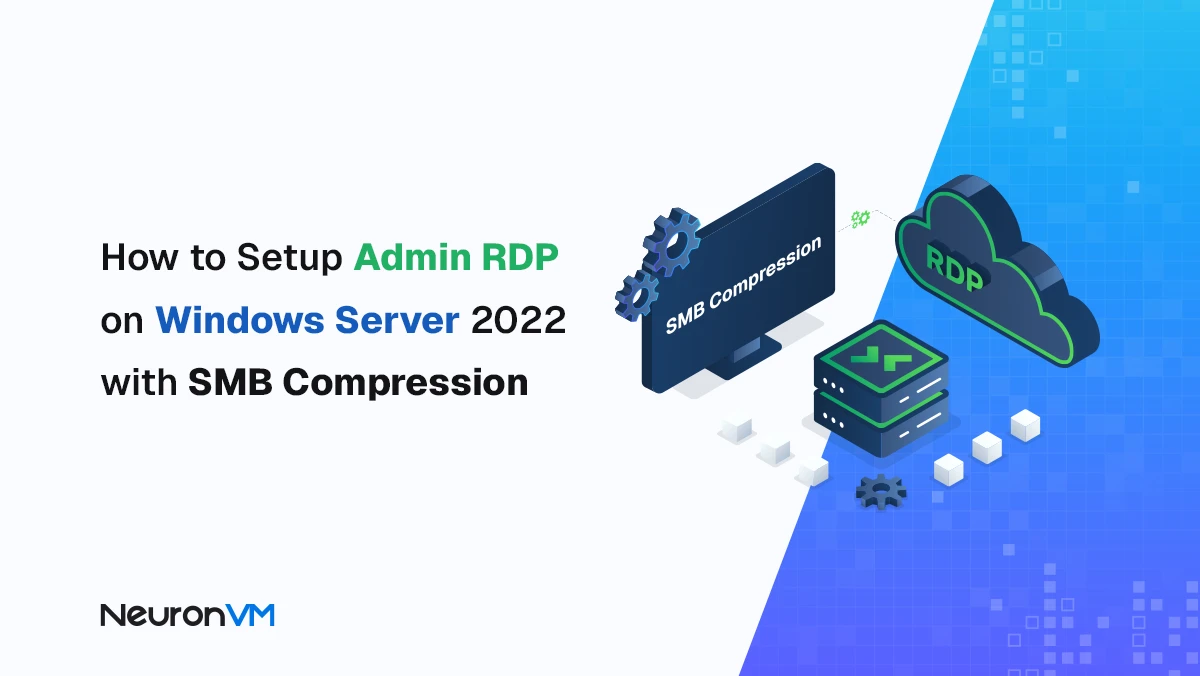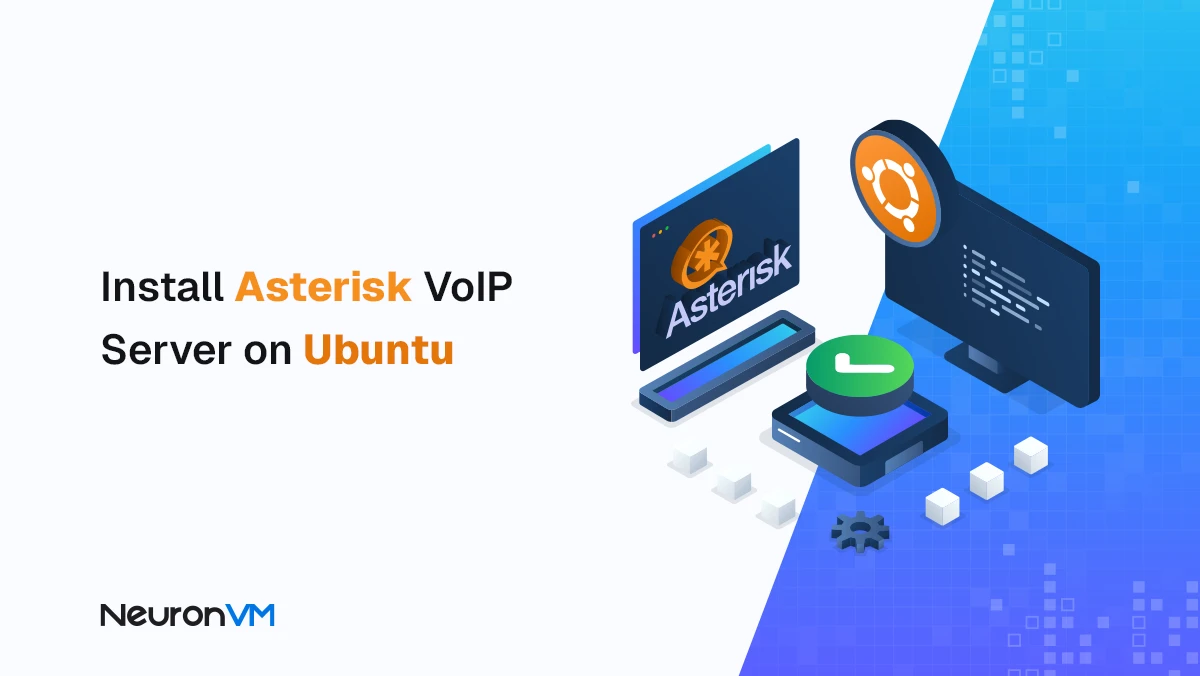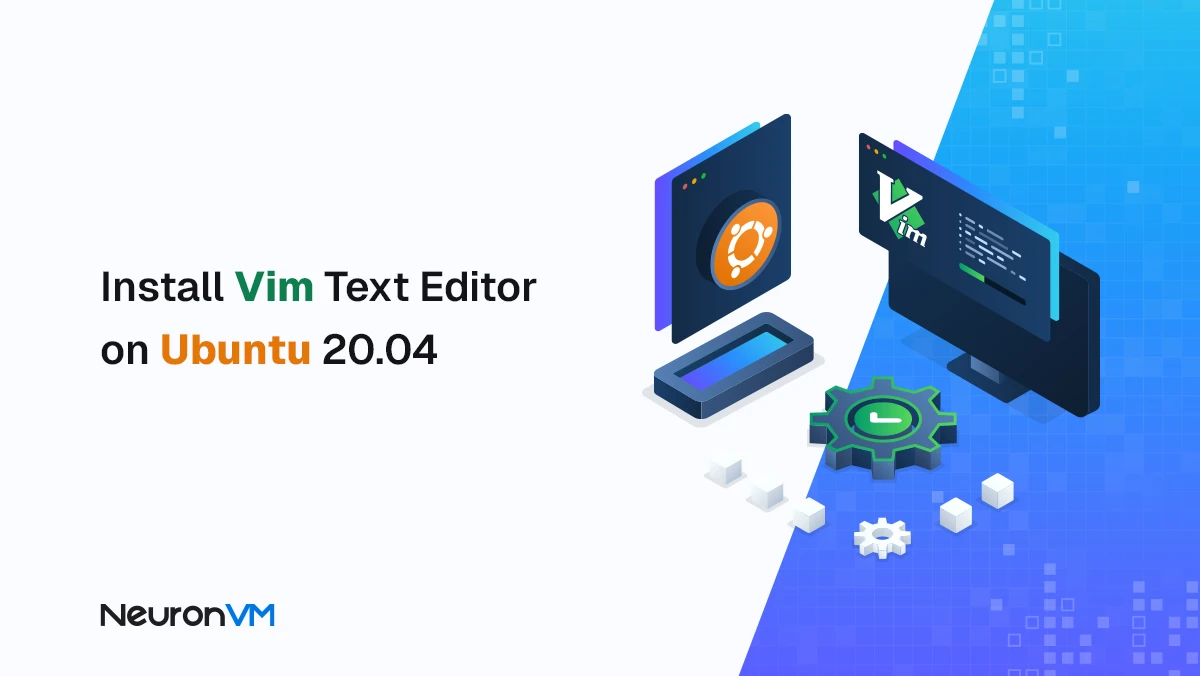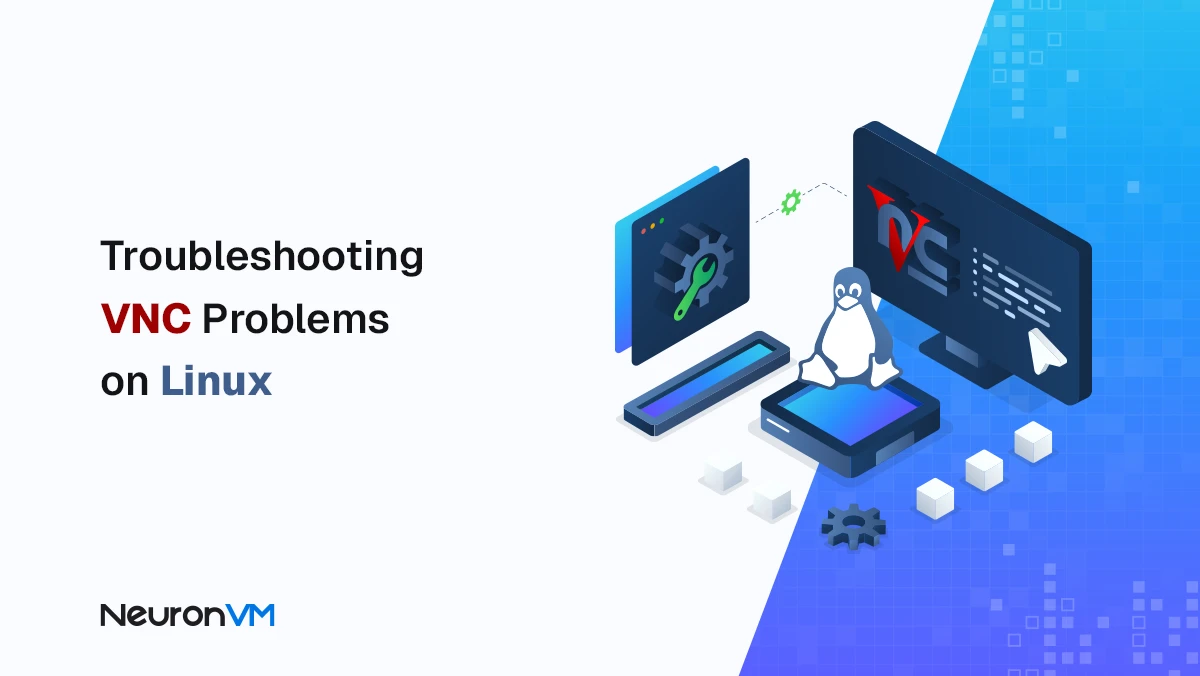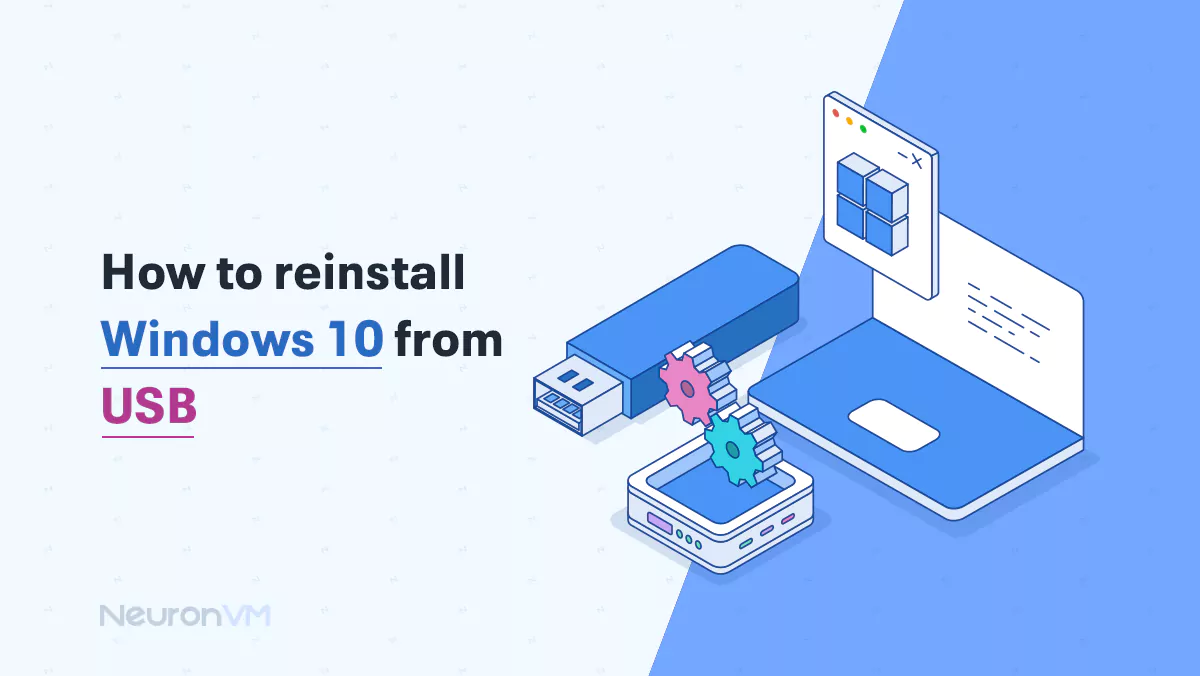How to Install and Use Xfce on Ubuntu 18.04 (Best Guide)
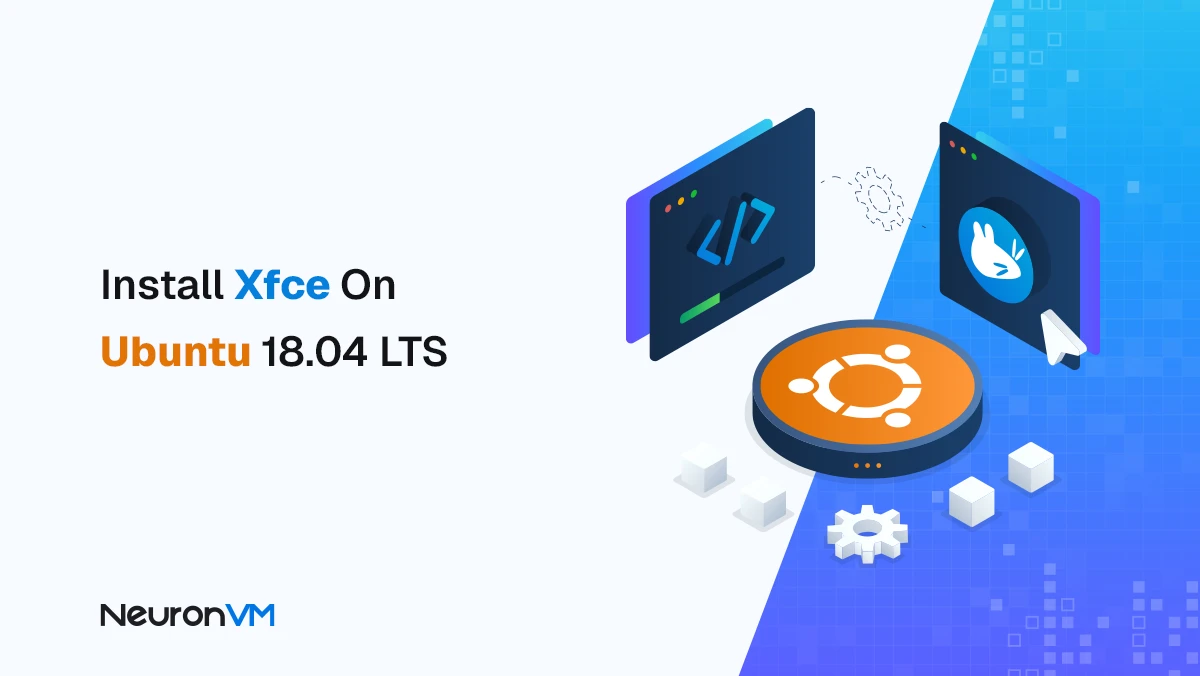
 12m
12m
 1 comments
1 comments
Xfce is one of the lightest and fastest Linux desktop environments, which is popular among users for its low resource consumption and customization capabilities. If you are using a server or legacy system, or are looking for a streamlined and efficient environment, installing Xfce on Ubuntu 18.04 could be the best choice, in this guide, we’ll explore the installation steps, benefits, common problems, advanced tips, and even real user experiences, stay till the end of this article.
Deeper analysis and the true value of Xfce
Beyond the simple installation steps, the choice of Xfce reflects a trend in the Linux community toward performance and also lightweight environments, unlike GNOME or KDE, which focus heavily on appearance and advanced graphical features, Xfce’s design philosophy is to maintain a really good balance between performance and features, and this has remained consistent for over two decades, this desktop environment is especially valuable in real-world scenarios where resources are limited, such as VPS servers, embedded systems, or educational environments with older hardware. What many users overlook is that using Xfce is not only limited to speed, because it can also extend the lifespan of the hardware, reduce energy consumption, and lower system maintenance costs, for this reason, universities, small businesses, and server administrators often recommend Xfce, with these points in mind, it can be seen that installing Xfce is not just a technical change, but a strategic decision that affects the productivity, stability, and long-term management of the system.
Prerequisites for installing Xfce on Ubuntu 18.04
Have an Ubuntu VPS or personal system with Ubuntu 18.04
Root access or the ability to run commands with sudo
At least 25 GB of free space (5 GB is enough for a minimal installation)
Stable internet and preferably an up-to-date backup of important data
Installing Xfce On Ubuntu 18.04 LTS
1- Update system repositories:
sudo apt update
2- Installing the Xfce desktop environment:
sudo apt install xfce4
3- After the installation is complete, log out and log back in.
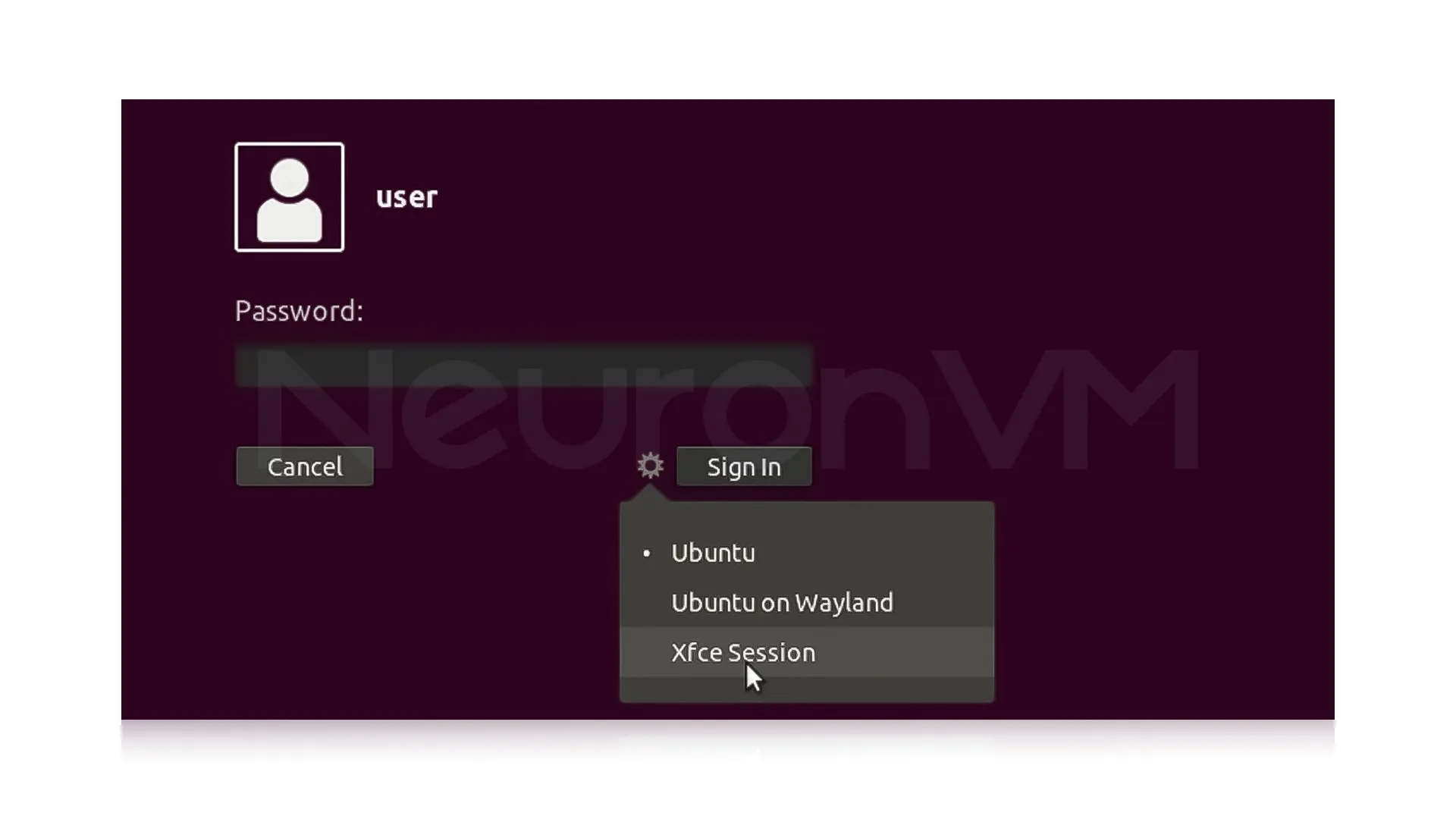
4- On the login screen, select the Xfce Session option.
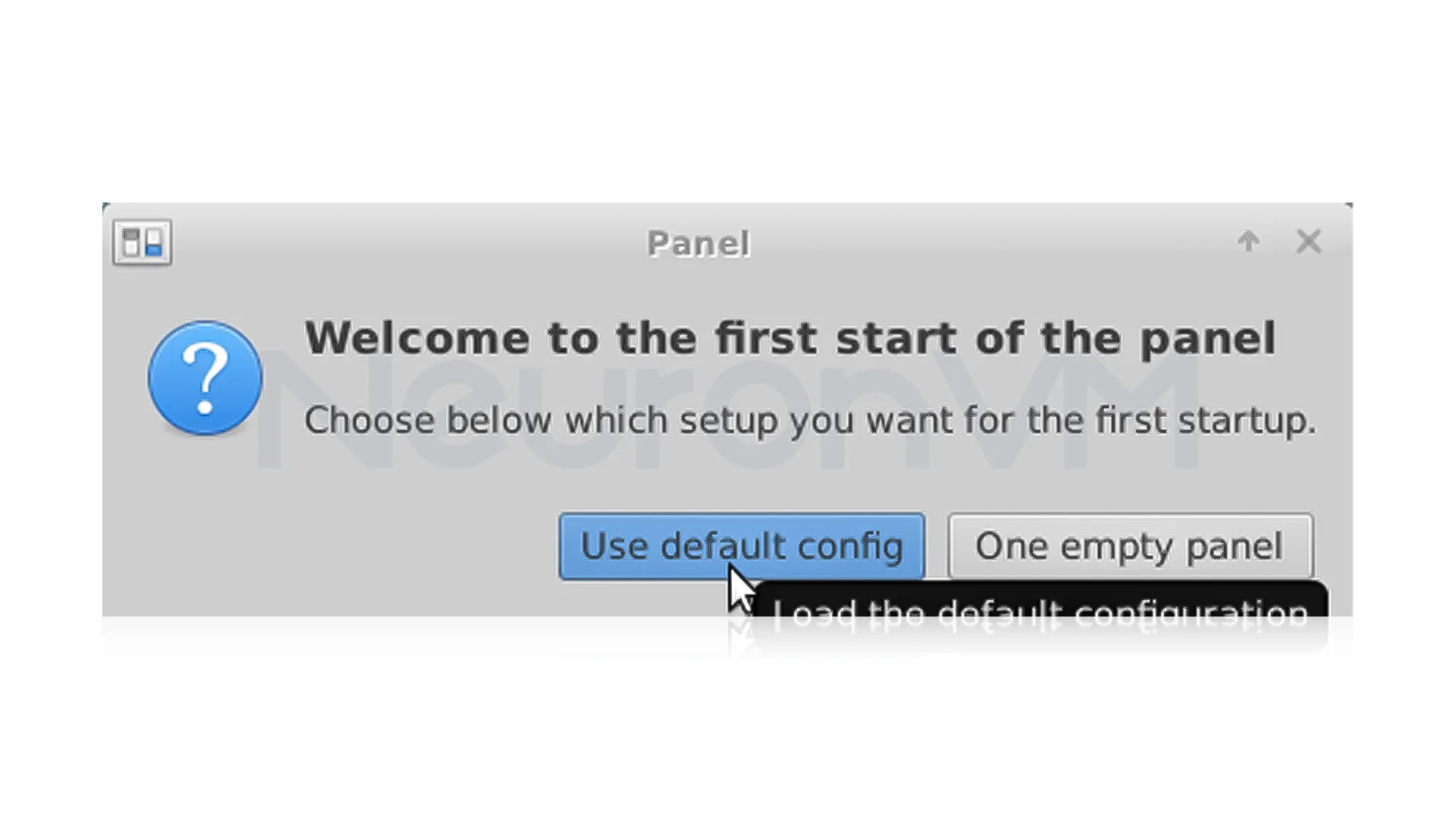
5- On first login, a window will appear asking you which configuration you want. Click Use default config.
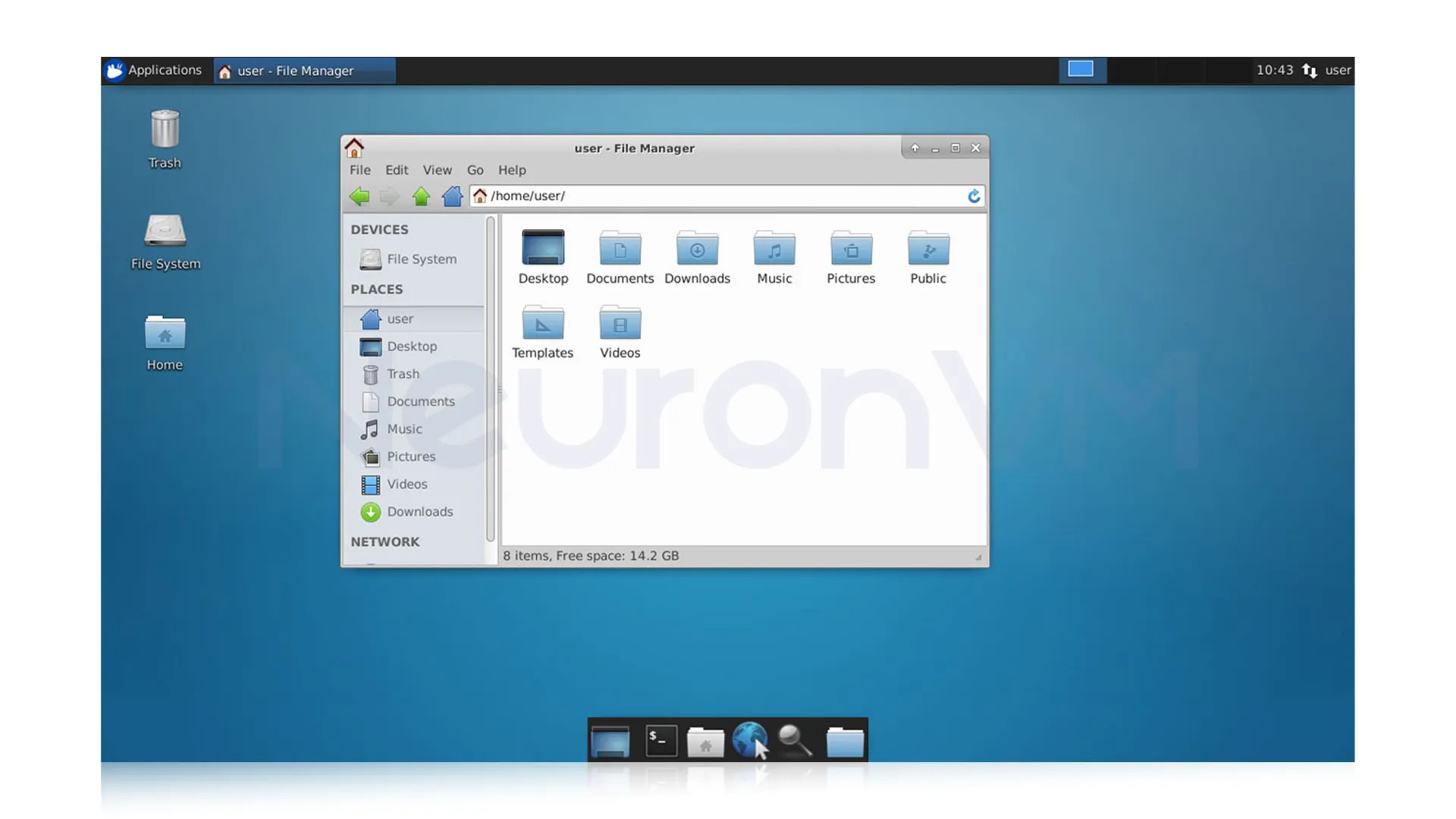
Xfce is now enabled as your default desktop environment.
How to Remove Xfce On Ubuntu
You may want to remove the Xfce interface from your Ubuntu system, so let’s see how we can do that.
You can use the command below to remove the Xfce interface:
sudo apt purge xubuntu-icon-theme xfce4
sudo apt autoremove
Advantages of using Xfce
Low resource usage: Uses, on average, half the RAM required by GNOME.
Stable: Less prone to bugs or hangs.
High customization: From changing themes to adding panels and shortcuts.
Suitable for developers and server administrators: Because it speeds up work and puts less pressure on the system.
A deeper look: Why choosing Xfce matters beyond being lightweight
Many users focus on speed and low resource consumption when they choose Xfce. But the truth is that the value of this desktop goes far beyond that, remember that using Xfce will extend the life of your hardware, and you won’t have to upgrade your system every few years, this is especially important for small businesses or educational users, as it reduces maintenance costs, and in laptops and servers, both the battery lasts longer due to lower power consumption and there is less strain on the system, Xfce’s stability is also key, the design philosophy of the desktop has remained largely unchanged over the past two decades, making it a stable and also a really reliable environment, so choosing Xfce is not just a technical decision, but can be a smart and strategic choice for greater productivity and better resource management in the long run.
Comparing Xfce to Other Desktop Environments
GNOME: More modern-looking but heavier than Xfce
KDE Plasma: More beautiful and feature-rich, but requires more resources
LXDE/LXQt: Even lighter than Xfce, but simpler and less customizable
If performance and resource consumption are more important to you than graphical appearance, Xfce is a more logical choice.
Common Problems and Solutions
After installation, the Xfce option is not displayed on the login screen:
sudo apt install lightdm
Then select LightDM as the login manager.
Black screen after installation:
Make sure the graphics card driver is installed correctly, or run the following command:
sudo dpkg-reconfigure lightdm
Slowness after installation:
Use Xfce tools like Task Manager to check CPU/RAM usage and disable unnecessary services.
Why is this guide different?
One of the most important differences between this guide and similar materials is that we have not just provided installation instructions. Many users, especially server administrators or those working on older hardware, are looking for real-world experiences and practical advice. For this reason, in addition to explaining the installation steps, we have also discussed possible problems and solutions, and even added real user experiences. The goal of this article is to help you install and use Xfce safely on your system, rather than just reading a general and repetitive guide.
Community views and authoritative sources about Xfce
Choosing Xfce is not just a matter of personal experience or user recommendation. If you look at the official Ubuntu documentation and international Linux forums like ArchWiki or Ubuntu Forums, you will see that Xfce is consistently cited as one of the most stable and power-efficient desktop, many Ubuntu developers also recommend using this environment on virtual private servers or even educational systems with older hardware, because in addition to speed, it puts less pressure on resources, in unofficial user reports, the average RAM usage in Xfce is about half that of GNOME, and also this kind of information shows that choosing Xfce is not just a personal recommendation, but is also backed by extensive experience and reliable sources.
Advanced Tips and Customization
1- Change Theme and Icons from: Settings > Appearance
2- Add useful shortcuts to the top panel
3- Use xfce4-power-manager for better power management
4- Install additional plugins like xfce4-whiskermenu-plugin to improve the menu
Real-world example
A server administrator working on a VPS with 2GB of RAM was forced to migrate to Xfce due to GNOME’s high usage and slow system, and after installation, the speed of executing commands, managing files, and even running applications like VS Code was greatly improved, RAM usage also dropped from around 1.2GB to 500MB, resulting in a smoother experience, and this led the entire support team to switch to Xfce on their VPSs.
Conclusion
Installing Xfce on Ubuntu 18.04 is a great choice for those who are looking for a lightweight and stable desktop environment, and it’s especially great for systems with limited resources or VPS servers where performance is more important than looks, With low resource usage and many customization options, Xfce provides a smooth and also user-friendly experience for you, while it may not be as visually appealing as GNOME or KDE, its speed and simplicity have made it very popular with developers or even regular users, and by following these installation and configuration tips, you can make your Ubuntu desktop lighter and have a more optimized Linux experience.
Yes, Xfce is the best option for older systems or VPS because it is lightweight and consumes little resources.
You need to install LightDM and select it as the login manager.
Yes, you can choose a custom environment (like GNOME) or remove Xfce from the login screen.
You might like it


